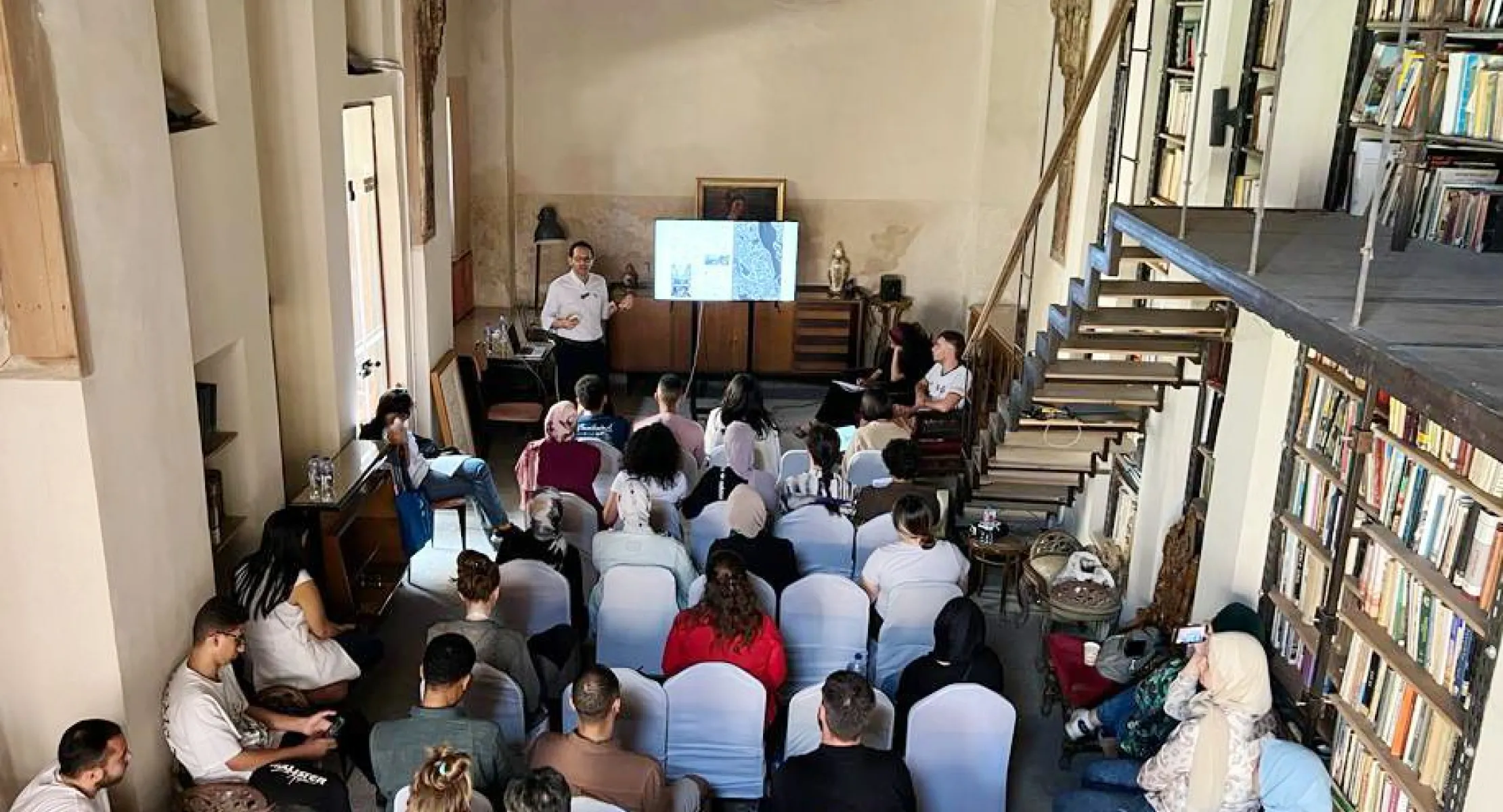
Cities are increasingly recognized as hubs where culture, art, and design can drive inclusive and sustainable urban growth. The New Urban Agenda emphasizes the need for urban areas to promote social cohesion, resilience, and livability by embedding these elements into planning and governance processes.
Culture as a Catalyst for Inclusion
Cultural diversity plays a key role in building cities that are welcoming to all. Migrants, refugees, and marginalized groups contribute not only to the economic vitality of urban areas but also to their social and cultural richness, and by embracing diverse cultural identities, cities can promote cohesion, foster social interaction, and create a sense of community that enhances safety. Public spaces designed to reflect and celebrate these identities further help bring people together and strengthen the social fabric.
The Role of Art and Design
Art and design are essential for shaping vibrant, inclusive cities, and creative public spaces, cultural landmarks, and artistic interventions can transform urban areas, making them more dynamic and welcoming. When cultural actors such as artists, designers, and heritage experts are engaged in decision-making processes, cities can preserve their local identity, safeguard cultural heritage, and ensure that development respects the diverse communities that live within them.
Leveraging Media and Technology
In today’s digital age, media and technology are crucial for promoting cultural diversity and inclusion. Local media and digital platforms help amplify the voices of vulnerable communities, allowing their stories and contributions to be shared across the urban fabric, while social media can serve as a powerful tool to engage residents in discussions about cultural projects, urban planning, and the revitalization of public spaces, ensuring that urban development is inclusive and participatory.
Conclusion
By integrating culture, art, and design into urban development, cities can become more inclusive and resilient. Valuing cultural diversity and engaging communities in the planning process not only makes cities more equitable but also ensures that all residents benefit from urban growth in a way that advances and develops cohesion and sustainability.
As we continue to explore the role of art and culture in shaping our urban futures, we invite you to join the upcoming My Urban Vision digital art competition webinar, where digital creators will showcase their creative interpretations of inclusive cities, offering unique insights into how urban spaces can be reimagined to celebrate diversity and enhance community engagement.
Date: 15th October 2024
Time: 4:00 pm EAT (Eastern African Time)
Registration link: https://events.teams.microsoft.com/event/04b17585-4935-4c3f-b385-b4126e7e45cf@0f9e35db-544f-4f60-bdcc-5ea416e6dc70